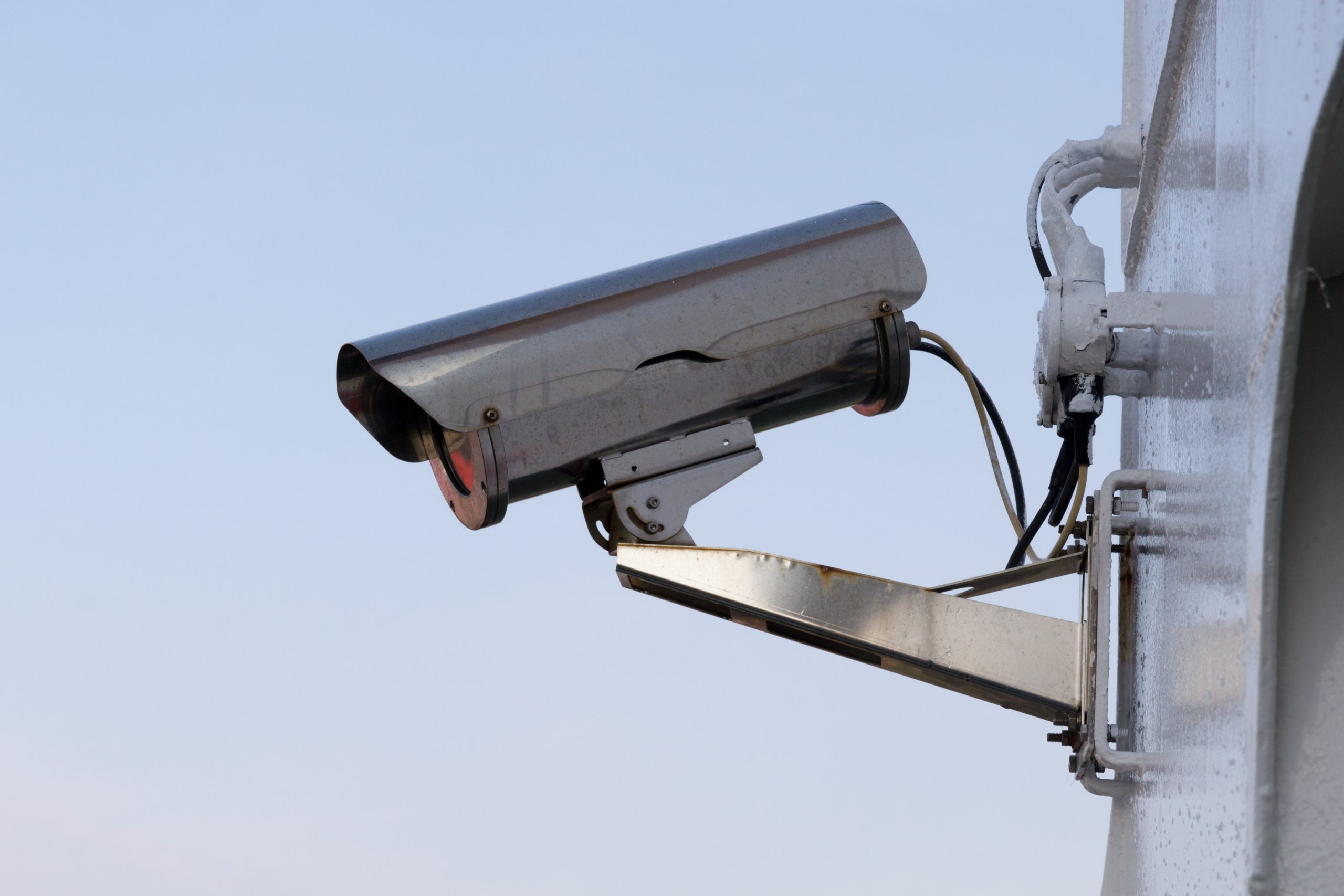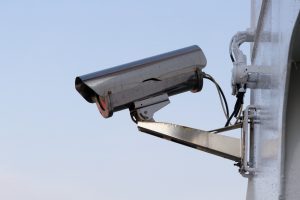

Communications surveillance is the practice of monitoring and analyzing communications between individuals, whether through email, chat, voice, or other means. In the context of monitoring interactions between employees and customers, communications surveillance can be a valuable tool for ensuring regulatory compliance and improving customer service. In this blog, we will discuss what communications surveillance is, the regulatory and compliance needs for the solution, the challenges of implementing it, the benefits of implementing it, and a list of the top providers for communication surveillance technologies.
What is Communications Surveillance?
Communications surveillance is the practice of monitoring and analyzing communications between individuals to detect potential risks and ensure compliance with regulations. In the context of monitoring interactions between employees and customers, communications surveillance tools can monitor emails, chat conversations, phone calls, and other communications channels to ensure compliance with regulations and provide a better customer experience.
Regulatory and Compliance Needs for Communications Surveillance
Regulatory and compliance needs for communications surveillance can vary by industry and location. However, there are some general regulatory and compliance requirements that apply to most businesses.
- Data Retention Requirements: Many countries require businesses to retain certain types of communications data for a specific period, such as email messages, chat conversations, or phone call recordings. These requirements are typically in place to support regulatory compliance or legal requirements. Failing to comply with these requirements can result in significant fines and legal penalties.
- Industry-Specific Regulations: Many industries, such as financial services or healthcare, have specific regulations that require communications surveillance. For example, in the financial services industry, firms are required to record all communications related to securities transactions under FINRA Rule 3110. Failing to comply with these regulations can result in regulatory fines and reputational damage.
- Customer Privacy: Businesses must also comply with customer privacy regulations, such as the General Data Protection Regulation (GDPR) or the California Consumer Privacy Act (CCPA). These regulations require businesses to ensure that customer data is protected and only used for its intended purpose.
Challenges of Implementing Communications Surveillance
While communications surveillance can provide valuable benefits to businesses, there are also several challenges associated with implementing these solutions.
- Data Privacy Concerns: Communications surveillance can raise concerns about privacy and employee monitoring. Employers must ensure that their surveillance practices comply with privacy regulations and respect employee privacy.
- Data Management: Communications surveillance generates vast amounts of data that must be managed effectively. Businesses must have the right tools and processes in place to collect, store, and analyze this data effectively.
- Technical Complexity: Implementing a communications surveillance solution can be technically complex, requiring integration with multiple systems and data sources. Businesses must have the technical expertise and resources to implement and maintain these solutions effectively.
Benefits of Implementing Communications Surveillance
Despite the challenges associated with implementing communications surveillance, there are several benefits for businesses that implement these solutions.
- Regulatory Compliance: Communications surveillance can help businesses comply with regulatory requirements related to data retention and industry-specific regulations. This can help businesses avoid fines and legal penalties.
- Improved Customer Service: Communications surveillance can provide valuable insights into customer interactions, allowing businesses to identify areas for improvement and provide a better customer experience.
- Risk Management: Communications surveillance can help businesses identify potential risks, such as fraud or compliance violations, before they become a significant problem.
Top Providers for Communication Surveillance Technologies
There are several providers for communication surveillance technologies that businesses can consider when looking to implement these solutions. Here are some of the top providers and a brief description of their offering:
- Verint: Verint offers a range of communications surveillance solutions, including email, chat, and voice monitoring. Their solutions provide real-time monitoring, data analysis, and reporting capabilities.
- Smarsh: Smarsh offers a suite of communications surveillance solutions, including email and social media monitoring. Their solutions provide automated data capture, , retention, and archiving, as well as advanced search and analytics capabilities.
- Proofpoint: Proofpoint offers a suite of communication surveillance solutions, including email and messaging security, data loss prevention, and compliance. Their solutions provide real-time monitoring and analysis of data, as well as automated response capabilities.
- Mimecast: Mimecast offers a suite of email and communication security solutions, including email archiving, data loss prevention, and compliance. Their solutions provide advanced threat protection, real-time monitoring, and analytics capabilities.
- Microsoft 365 Compliance: Microsoft 365 Compliance offers a suite of communication surveillance and compliance solutions, including email and chat monitoring, data loss prevention, and compliance management. Their solutions provide real-time monitoring, automated data capture and retention, and advanced analytics capabilities.
Communications surveillance is a valuable tool for businesses looking to improve regulatory compliance, customer service, and risk management. However, implementing these solutions can be challenging, requiring businesses to manage data privacy concerns, technical complexity, and data management issues. By working with the top providers of communication surveillance technologies, businesses can implement effective solutions that meet their regulatory and compliance needs while providing valuable insights into customer interactions and potential risks.
